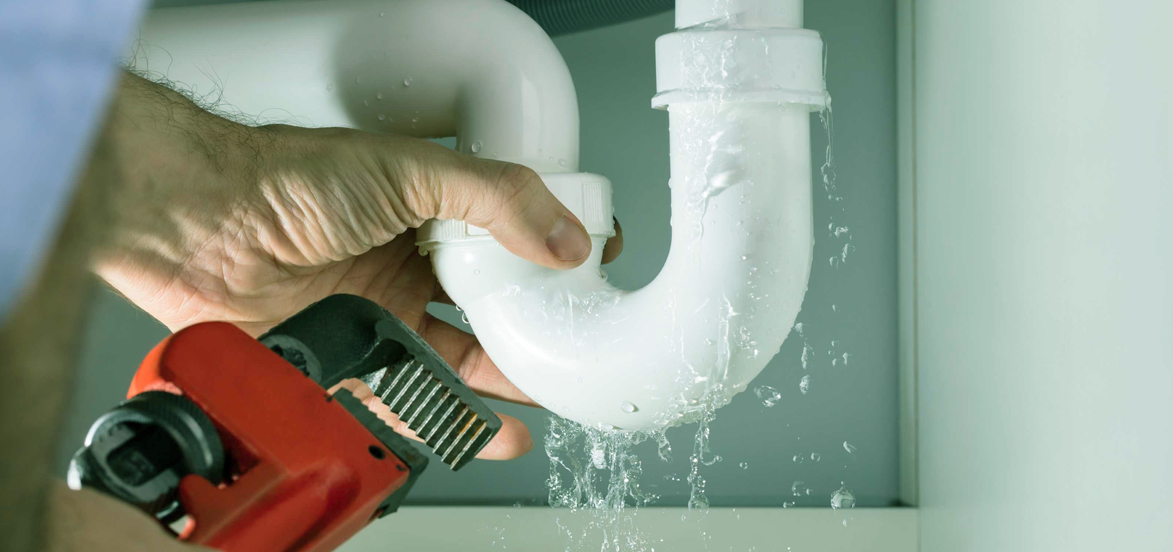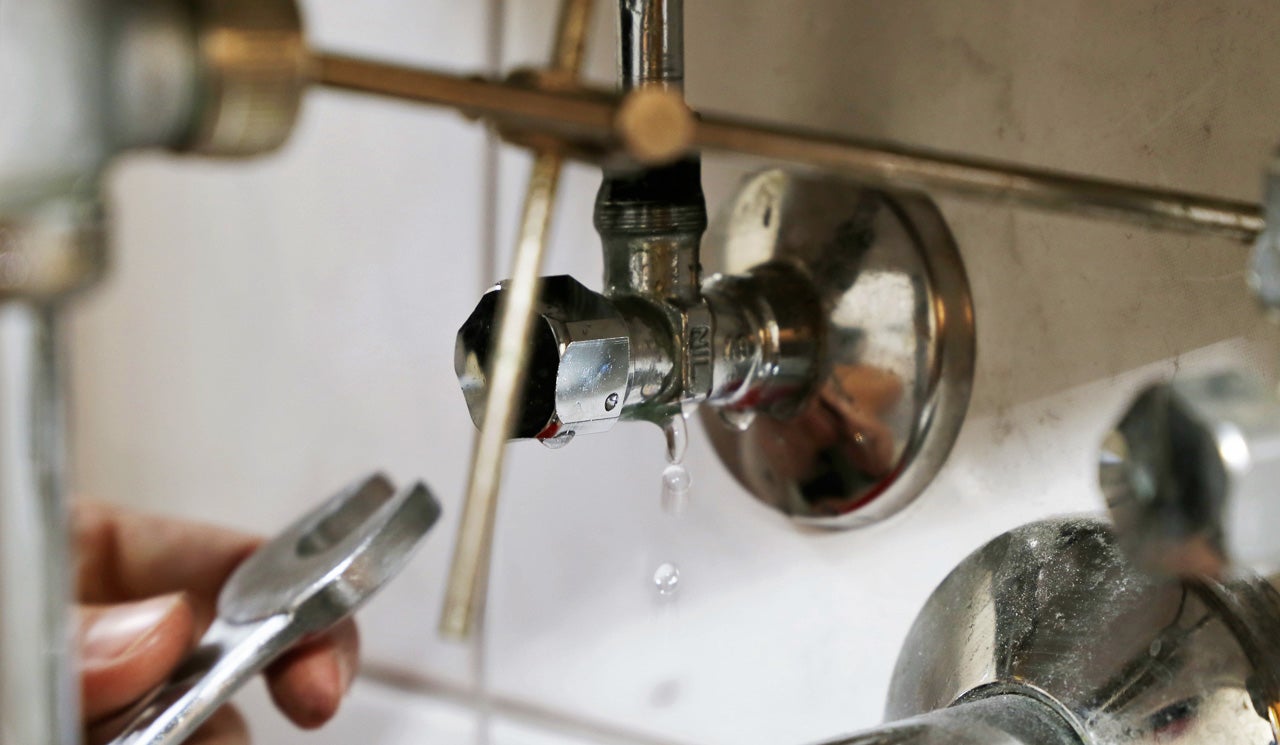What are your insights and beliefs about Leaking water lines?

Early discovery of leaking water lines can mitigate a possible catastrophe. Besides conserving you money, it will certainly lessen the stress as well as frustration. The moment you locate a leak, calling your plumber for repair work is the very best option. However, some tiny water leaks might not show up. If you can not identify it with your nude eyes, right here are some hacks that assist.
1. Check Out the Water Meter
Every residence has a water meter. Inspecting it is a proven way that aids you find leaks. For beginners, shut off all the water resources. Ensure nobody will purge, use the faucet, shower, run the cleaning equipment or dish washer. From there, most likely to the meter and watch if it will transform. Given that no one is utilizing it, there must be no motions. If it relocates, that shows a fast-moving leakage. If you find no changes, wait an hour or 2 as well as inspect back once again. This implies you may have a slow leak that could even be underground.
2. Examine Water Usage
Analyze your water costs and also track your water intake. As the one paying it, you need to discover if there are any disparities. If you detect sudden changes, regardless of your intake coinciding, it suggests that you have leaks in your plumbing system. Bear in mind, your water bill must drop under the same array every month. A sudden spike in your expense suggests a fast-moving leakage.
Meanwhile, a steady boost monthly, despite having the exact same behaviors, shows you have a slow leak that's also gradually intensifying. Call a plumber to extensively inspect your home, especially if you feel a cozy location on your flooring with piping below.
3. Do a Food Coloring Test
30% comes from toilets when it comes to water intake. Test to see if they are running appropriately. Drop specks of food shade in the storage tank and also wait 10 minutes. If the color in some way infiltrates your bowl during that time without flushing, there's a leak between the tank and bowl.
4. Asses Exterior Lines
Do not fail to remember to inspect your outside water lines also. Test faucets by attaching a garden tube. Must water seep out of the link, you have a loosened rubber gasket. Replace this as well as ensure all links are tight. It will assist get it properly analyzed and kept each year if you have actually obtained a lawn sprinkler system. One little leak can waste lots of water and increase your water expense.
5. Inspect as well as Examine the Situation
Property owners need to make it a behavior to examine under the sink counters and also even inside cabinets for any bad odor or mold development. These 2 warnings indicate a leakage so punctual interest is required. Doing regular assessments, also bi-annually, can save you from a major trouble.
Check for stainings and also damaging as a lot of home appliances and pipes have a life expectations. If you presume dripping water lines in your plumbing system, don't wait for it to escalate.
Early discovery of dripping water lines can alleviate a potential disaster. Some little water leakages may not be visible. Examining it is a proven method that helps you discover leakages. One little leakage can squander lots of water and spike your water bill.
If you suspect leaking water lines in your plumbing system, don't wait for it to rise.
WARNING SIGNS OF WATER LEAKAGE BEHIND THE WALL
PERSISTENT MUSTY ODORS
As water slowly drips from a leaky pipe inside the wall, flooring and sheetrock stay damp and develop an odor similar to wet cardboard. It generates a musty smell that can help you find hidden leaks.
MOLD IN UNUSUAL AREAS
Mold usually grows in wet areas like kitchens, baths and laundry rooms. If you spot the stuff on walls or baseboards in other rooms of the house, it’s a good indicator of undetected water leaks.
STAINS THAT GROW
When mold thrives around a leaky pipe, it sometimes takes hold on the inside surface of the affected wall. A growing stain on otherwise clean sheetrock is often your sign of a hidden plumbing problem.
PEELING OR BUBBLING WALLPAPER / PAINT
This clue is easy to miss in rooms that don’t get much use. When you see wallpaper separating along seams or paint bubbling or flaking off the wall, blame sheetrock that stays wet because of an undetected leak.
BUCKLED CEILINGS AND STAINED FLOORS
If ceilings or floors in bathrooms, kitchens or laundry areas develop structural problems, don’t rule out constant damp inside the walls. Wet sheetrock can affect adjacent framing, flooring and ceilings.
https://www.servicemasterbyzaba.com/blog/how-to-detect-water-leakage-in-walls/

Hopefully you liked our section on Hacks to detect leaks. Thanks a lot for taking time to browse our piece. Enjoyed reading our posting? Please share it. Help other people locate it. Thank-you for taking the time to read it.